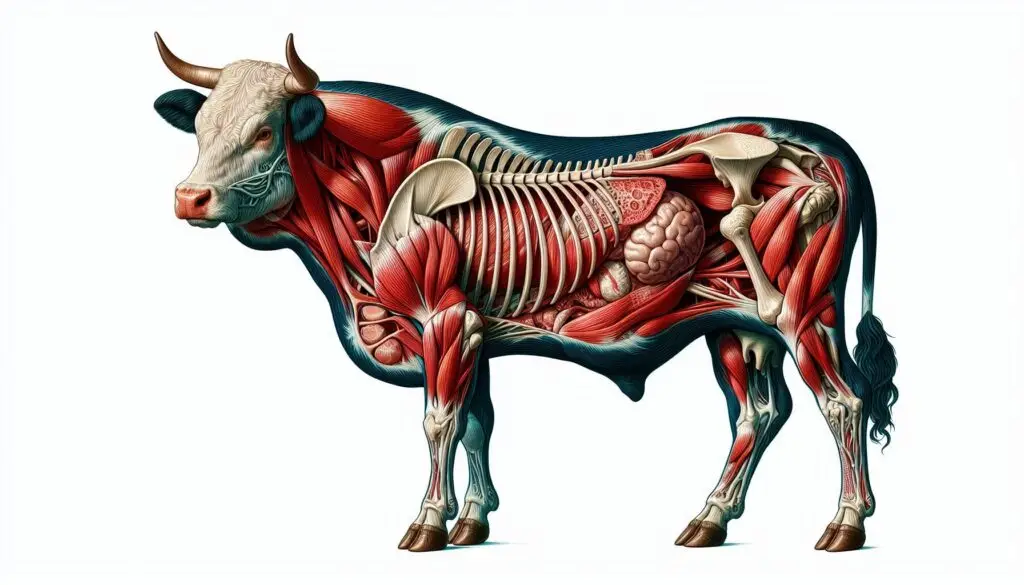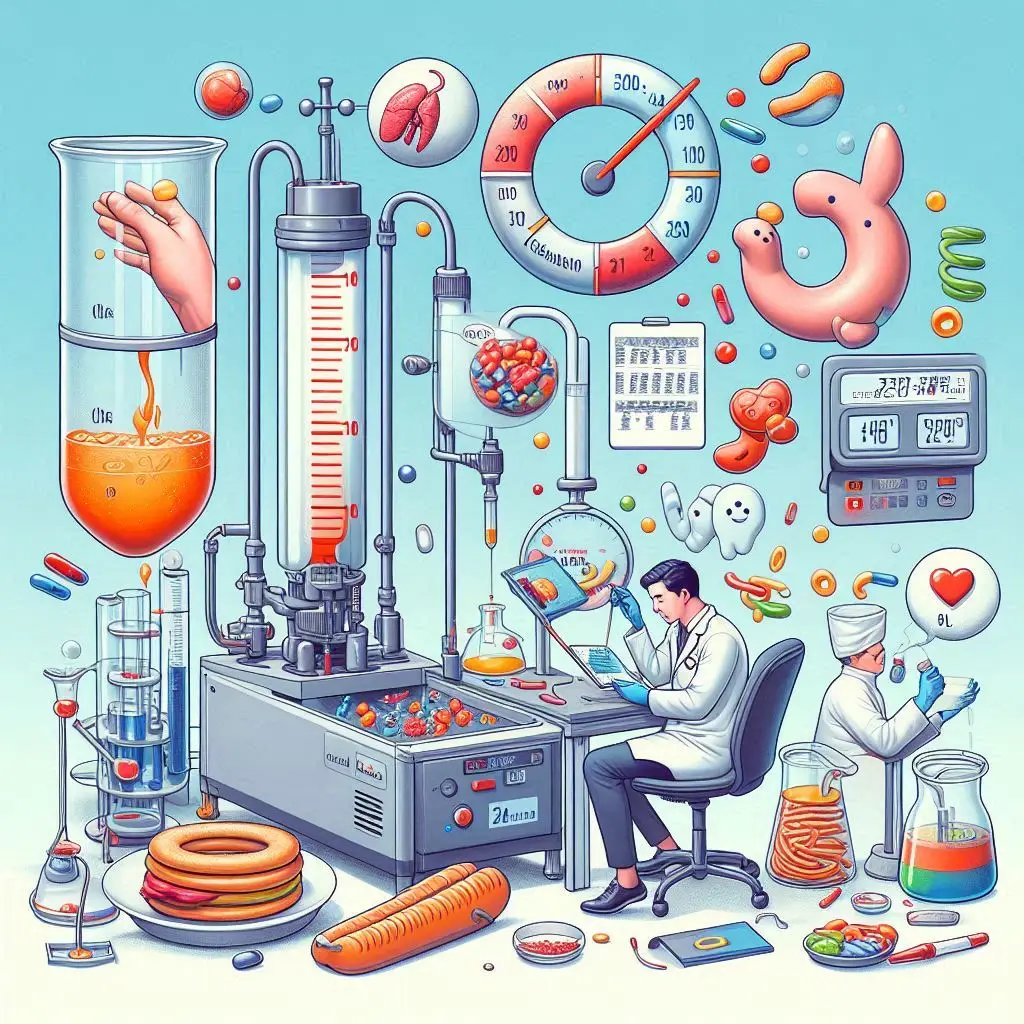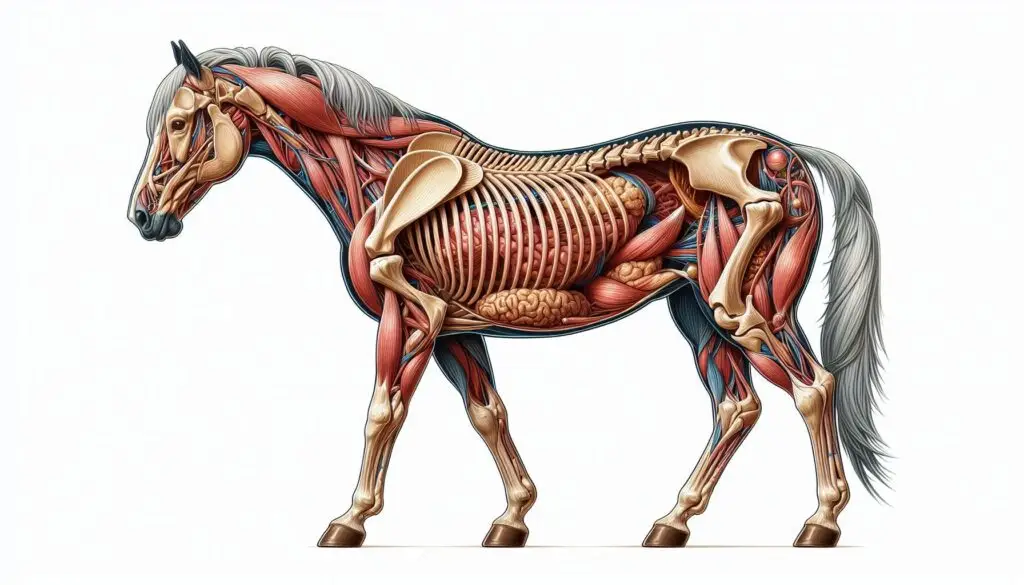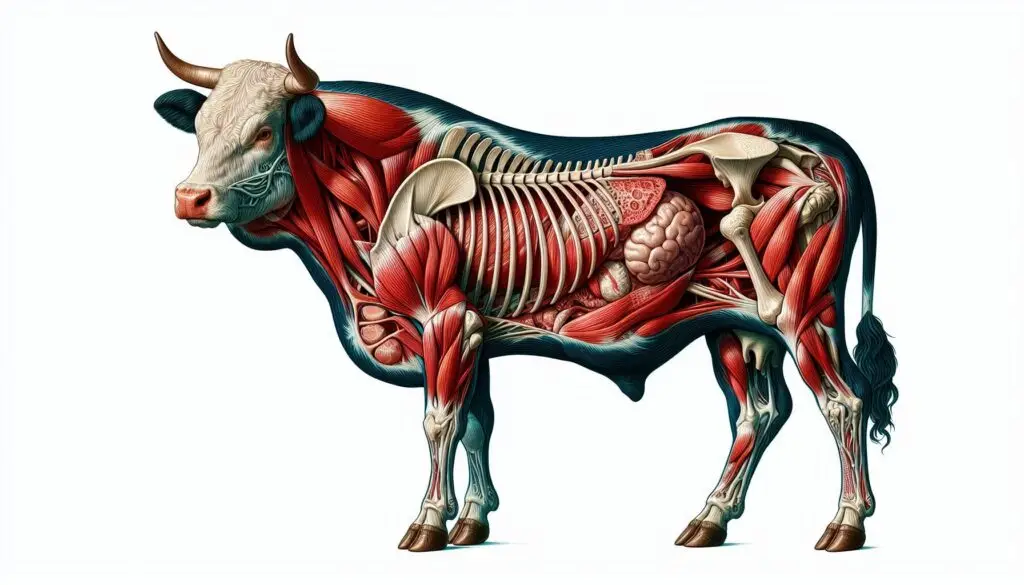Semen Collection in Dogs

Introduction to Semen Collection in Dogs
Semen collection in dogs is an essential procedure in veterinary medicine and dog breeding. It plays a vital role in artificial insemination, fertility assessments, and genetic research. Understanding the techniques and best practices involved can help ensure successful outcomes for breeders and veterinarians alike.
Importance of Semen Collection
Semen collection allows breeders to:
- Assess the fertility of male dogs.
- Preserve genetic material through cryopreservation.
- Facilitate artificial insemination, which can be crucial for breeding programs.
This guide will explore various methods of semen collection, considerations during the process, and how to evaluate the collected semen effectively.
Methods of Semen Collection
Digital Stimulation
Digital stimulation is the most common method for collecting semen from male dogs. This technique involves several steps:
- Preparation: Create a calm environment to minimize stress for the dog.
- Stimulation: Gently massage the penis through the prepuce until a partial erection occurs.
- Ejaculation: Once the dog is sufficiently aroused, retract the prepuce and apply firm pressure behind the bulbus glandis to facilitate ejaculation.
This method often yields good quality semen and is relatively easy to perform with proper training.
Use of a Teaser Bitch
Introducing a teaser bitch can significantly enhance the success of semen collection. A female dog in estrus can stimulate natural mating behaviors in the male. This interaction often leads to increased arousal and better ejaculate quality. For more information on using a teaser bitch effectively, you can refer to resources on Canine Reproduction.
Artificial Vagina (AV)
An artificial vagina is another effective tool for semen collection. The procedure includes:
- Preparation: Warm the AV to mimic natural conditions.
- Collection: Allow the male dog to mount the AV, which collects the ejaculate directly into a sterile container.
This method is commonly used in breeding programs due to its effectiveness and efficiency. For detailed guidance on using an AV, see Veterinary Partner.
Electroejaculation
For dogs that do not respond well to manual methods, electroejaculation may be necessary. This technique involves:
- Anesthesia: The dog is placed under general anesthesia for safety.
- Electrical Stimulation: Electrodes are inserted into the rectum to stimulate ejaculation.
Electroejaculation is particularly useful for collecting semen from dogs with behavioral issues or health problems that prevent normal ejaculation. More information about this method can be found at The Merck Veterinary Manual.
Considerations During Collection
When performing semen collection, several factors should be taken into account:
Environment
A quiet and familiar setting is crucial for successful semen collection. Distractions can lead to stress and affect the quality of the ejaculate.
Hormonal Influence
Research indicates that the presence of a female dog in estrus may not significantly alter hormone levels during collection. Instead, ejaculation appears to be primarily controlled by neural pathways rather than hormonal stimulation source.
Multiple Samples
To accurately assess a male dog’s fertility potential, it is advisable to collect multiple samples over several days or weeks. This approach provides a more comprehensive understanding of the dog’s reproductive capabilities.
Evaluation of Collected Semen
After collection, it is essential to evaluate the semen based on several parameters:
Volume
The typical volume of sperm-rich fluid ranges from 0.5 to 1.5 mL per ejaculate. Volume can vary based on factors such as breed and individual health.
Motility
Motility refers to how well sperm can move. A minimum of 70% progressive motility is considered normal for healthy sperm.
Morphology
Morphology assesses the shape and structure of sperm cells. More than 70% of sperm should exhibit normal morphology for optimal fertility.
Quality Criteria
The following criteria are used to assess semen quality:
- Concentration: Ideally between 200-400 million sperm per ejaculate.
- pH Value: Should range between 6.2 and 7.2.
- Pathomorphology: Less than 20% abnormal sperm forms are acceptable.
Best Practices for Semen Collection
To ensure successful semen collection, follow these best practices:
Training and Experience
It is crucial that individuals performing semen collection are trained and experienced. Improper techniques can lead to injury or stress for the dog.
Hygiene Standards
Maintain strict hygiene standards throughout the process. Use sterile equipment and containers to prevent contamination of collected samples.
Timing Considerations
Timing plays a significant role in successful collections. Collecting during optimal breeding times (when females are in estrus) can improve outcomes.
Conclusion
Semen collection in dogs is a vital procedure that requires knowledge, skill, and attention to detail. By understanding various methods, considerations during collection, and evaluation techniques, breeders and veterinarians can enhance their success rates in artificial insemination and fertility assessments.
More from Animal Reproduction:
https://wiseias.com/deep-freezing-techniques-in-cows-sheep-goats-swine-and-poultryhttps://wiseias.com/transporting-diluted-semen-best-practices-and-guidelines/






Responses